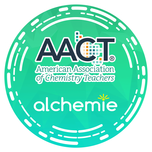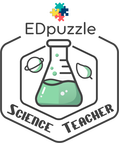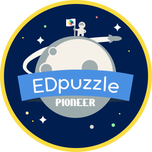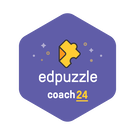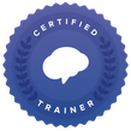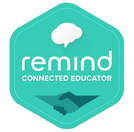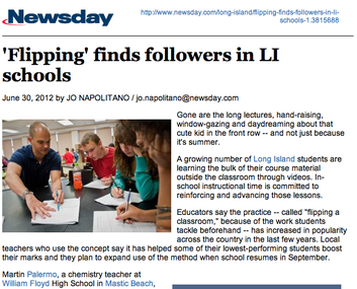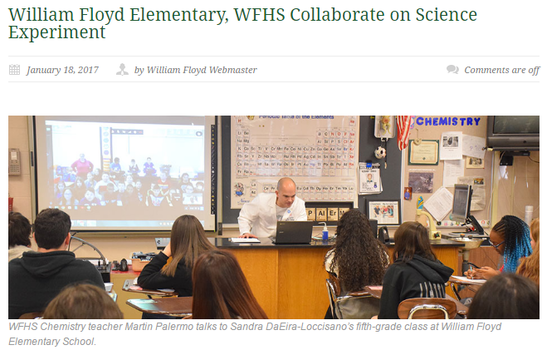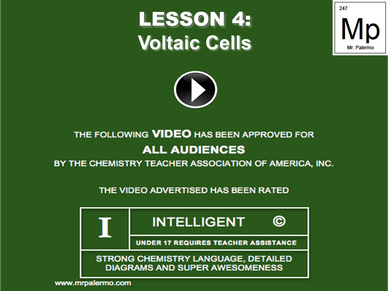Welcome to the Flipped Chemistry Classroom
|
This chemical education website is for teachers who want to learn more about chemical education, NYSSLS/NGSS, the flipped classroom model and to provide resources and support. In my current Regents/Honors level chemistry class, I utilize the modeling approach to chemistry (resources can be found under the "NYSSLS/NGSS Units" tab. If you are looking for a more traditional sequence, take a look at the "chemistry Units" tab. The Modeling storyline focuses on the historical development of the model of the atom over time. Each unit follows the sequence of (1) examining phenomena, (2) describing patterns we impose on the phenomena, and (3) building the models to help us explain phenomena. This approach ("activity-before-concept") is grounded in the 5E instructional model of learning. Students begin with an exploration/investigation building upon prior knowledge and construct models to explain phenomena. Then we will learn vocabulary, concepts etc. using flipped instructional videos. Students apply their understanding to real world problems. Frequent low stakes quizzes and mastery quizzes are utilized as formative assessment tools to assess understanding and also function as learning tools for students. The focus of the flipped instructional videos are not to introduce content as in a traditional flipped classroom but to support learning by introducing vocabulary and provide further explanation of phenomena as students refine their models and assess their understanding. My classroom learning environment is centered around some of the main "Building Thinking Classrooms" practices.
|
|
|
What's Going on in the classroom
About the flipped classroom
The flipped classroom is not an online course. It is a way to engage students and make them more active in the learning process. Students engage/explore phenomena and construct models using prior understanding. Then they watch a short video for homework (click on the video below for an example) to introduce vocabulary and provide further explanation of phenomena as they refine their models.. In the classroom students work collaboratively to apply their understanding to new real-world problems and are evaluated by the students and teacher to address difficulties and misconceptions. Students then move on to complete critical thinking questions, discussions, refine their models etc. in a collaborative format to further their understanding of the topic. The class is completely student-centered as the teacher becomes the facilitator helping student gain new knowledge.
Why teach using flipped instruction?
Students work in teams of 3 or 4 to apply scientific concepts to practice problems focusing on a central phenomena. Students are encouraged to help each other with the problems and utilize the teacher as a "coach" to guide them. Research shows that student retention is increased dramatically through practice, frequent low-stakes assessments and student to student teaching/discourse.

